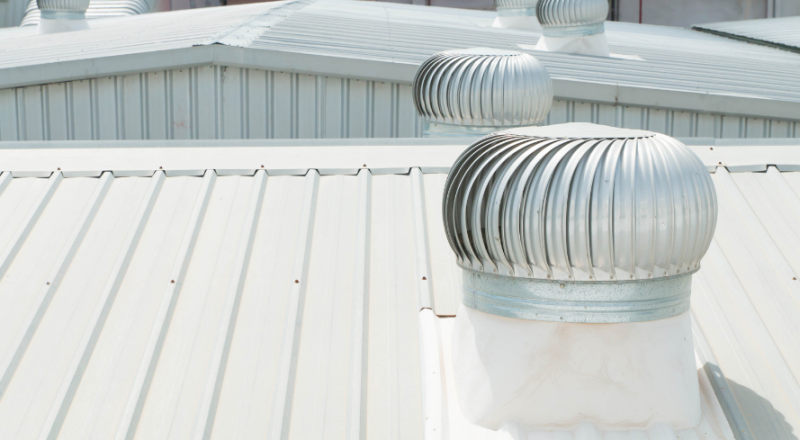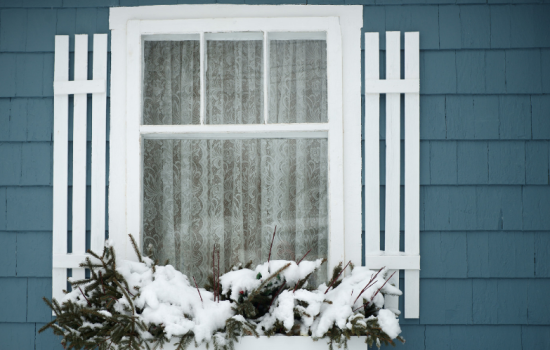Commercial roofing is all about commercial roof installation in offices, factories or other commercial buildings. A commercial roof shields the inside furnishings and inhabitants of the building from every weather condition.
A reliable roof is essential to a company’s functioning since even little leaks can result in costly repairs and disruptions to regular operations.
Commercial roofs are vastly different from roofs used in houses, and therefore knowing about the commercial roof types is essential for those looking for the installation of commercial property roofs. You can search for cladding contractors to get proper assistance.
Commercial roofs come in different types and materials. Every type of commercial roof has its unique advantages, and you must have knowledge of all such things before starting the work.
This blog post discusses the types of commercial roofs. Keep reading for more information.
Different Types of Commercial Roofing
There are various kinds of roof types, and one must know about them and their individual benefits to be able to make a sound decision while selecting one. Listed below are some of the most common types of commercial roofs:
1. Flat roofs

Since flat roofs are simpler and quicker to install, the building owner may save a lot of money. This has an impact on the simplicity and probable cost of your subsequent business roof repair.
2. Low-stoped roofs
Low-sloped roofs have a pitch that allows for water drainage. Water is directed by the roof’s shape to valleys, saddles, and drains where it belongs. Compared to high-pitched roofs, the roof area is smaller, necessitating less floor space for roofing materials.
As opposed to high-pitched or steep slope roofs, low-slope roofs provide easier and safer working conditions for roofers.
3. Pitched roofs

The major benefit of pitched roofs is that the higher slope allows for more water and snow discharge.
The roof structure’s slope affects how easily liquid and green waste on roof may slide down. This ultimately implies a reduced chance of water accumulation, which might cause leaks and mould damage.
In general, having a steeply sloping roof may help you need less repair and upkeep than a roof that is flatter or less inclined.
4. Metal retrofit roofs
It is a good idea to go with metal retrofit roofs because of the benefits associated with this type of roof. This material not only significantly increases the lifespan of your roof, but it also costs less than a typical metal roof replacement.
The original metal roof protects the interior design of your building during installation, allowing you to carry on with business as usual. This keeps production moving while safeguarding your staff and inventory.
5. PVC membrane roofs

The strength, endurance, and fire resistance of PVC roofing materials are, without a doubt, some of its greatest benefits.
With extremely unexpected results, this membrane has been flame tested beside other membranes of a similar design.
PVC helps the flames self-extinguish during a rooftop fire, unlike other membrane materials that cause large sections of the membrane to melt away.
6. TPO membrane roofs
Due to a lower initial cost compared to other materials, many building owners prefer TPO materials over alternatives.
Because TPO membranes are so flexible and robust, bespoke contour production is easier, less expensive, and more effective. The material can stretch and adjust to the movement and environment of your construction because of its flexibility.
The bottom line
There are numerous types of commercial roofs, and you must make an informed decision while selecting a type of commercial roof. It will help in finding the commercial roof which is the most suitable.







